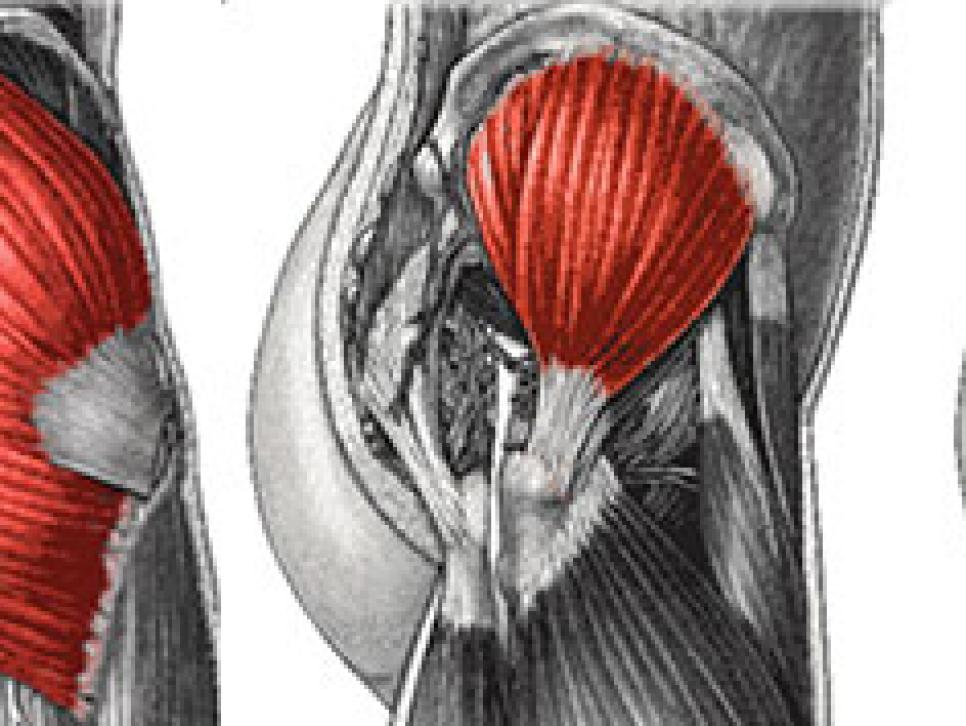The Loop
Tiger's deactivated glutes is a thing, but ...
When Tiger Woods withdrew from the Farmers Insurance Open on Thursday citing back pain, his third WD in his last nine tournaments, he made an interesting claim as to the reason for pulling out.
"It's just my glutes are shutting off," he said. "Then they don't activate and then, hence, it goes into my lower back. So I tried to activate my glutes as best I could, in between, but it's just they never stayed activated."
The glute (butt) muscles are key contributors to a good golf swing, providing power and stability. More importantly they support the torso, especially when you're standing. When the glutes are weak or inactive, the soft tissue around the lower back often becomes overly active as a compensation. And that can cause pain and inflammation around the lumbar disc of the spine, experts say.

Gluteal deactivation can happen, says Golf Digest fitness advisor Ralph Simpson (@ralphsimpsonpt). Subtle inhibition of the muscles' function is common, but true neurological deactivation is almost always associated with "some sort of nerve problem," he says. If it's both sides of the body, then the cause would be centrally located such as central spinal stenosis. When that occurs, the condition is so severe, the person suffering from it has trouble walking, much less swinging a golf club. Stenosis is a narrowing of the spinal column to the point where pressure is put on nerves often causing extreme pain and muscle weakness.
"Even if a person could play golf with their gluteal muscles partially or completely deactivated, you'd usually notice huge compensations in their golf swing," says Simpson, a certified physical therapist who worked on the PGA Tour for several years. "Their hands and arms might do more of the work to compensate for a lack of core strength, or there might be a sway or slide with the body. It would look very awkward for a pro."
And perhaps the biggest issue would be a real lack of power, he added. Drives would be noticeably shorter and the ability to hack out of thick rough would be greatly diminished.
"For most people, it's difficult to feel if their glutes are deactivated during a dynamic activity," Simpson says.
Ron Kaspriske is the fitness editor of Golf Digest.

